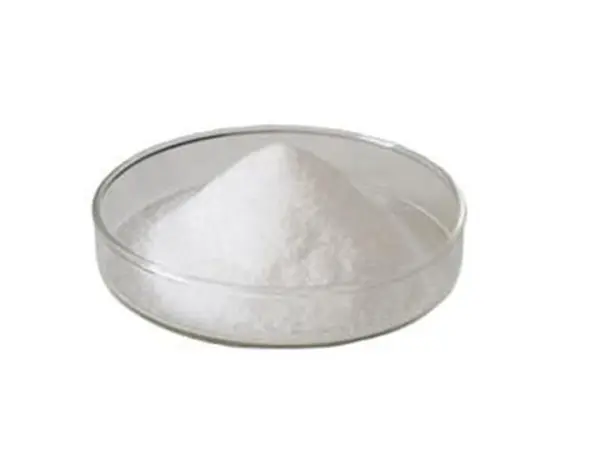Titanium dioxide (TiO2) is a versatile pigment used in a variety of industries, including paints, coatings, plastics and cosmetics. It exists in two main crystal forms: rutile and anatase. Understanding the differences between these two forms is critical to selecting the correct TiO2 type for a specific application.
Rutile and anatase are both forms of titanium dioxide, but they have different properties that make them suitable for different uses. Rutile is known for its excellent UV resistance and weather resistance, making it a popular choice for outdoor applications such as exterior paints and coatings. Anatase, on the other hand, is valued for its high photocatalytic activity, making it ideal for applications such as self-cleaning coatings and air purification systems.
One of the main differences between rutile and anatase is their crystal structure. Rutile has a tetragonal crystal structure, while anatase has a more complex orthorhombic crystal structure. This structural difference leads to changes in their physical and chemical properties, ultimately affecting their performance in different applications.
In terms of optical properties, rutile TiO2 has a higher refractive index and opacity than anatase. This makes rutile the first choice for applications where opacity and brightness are critical, such as white paints and coatings. Anatase, on the other hand, has a lower refractive index and is often used in applications where transparency and clarity are required, such as clear coatings and sunscreens.
Another important factor to consider when choosing between rutile and anatase TiO2 is their photocatalytic activity. Anatase has higher photocatalytic efficiency than rutile, making it suitable for applications requiring self-cleaning and pollution-reducing properties. This property has led to the use of anatase titanium dioxide in products such as self-cleaning glass, air purification systems and antimicrobial coatings.
It is also worth noting that the production processes of rutile TiO2 and anatase TiO2 may differ, resulting in differences in their particle size, surface area, and agglomeration characteristics. These factors can affect the dispersion, stability and performance of TiO2 in different formulations, further emphasizing the importance of selecting the right type for a specific application.
In summary, the differences between rutile TiO2 and anatase TiO2 extend beyond their crystal structures to their optical, photocatalytic, and processing properties. Understanding these differences is critical to making informed decisions when selecting TiO2 for a variety of applications. By selecting the appropriate form of titanium dioxide, manufacturers can optimize the performance and functionality of their products, ultimately meeting the specific requirements of end users.
Post time: Apr-26-2024


